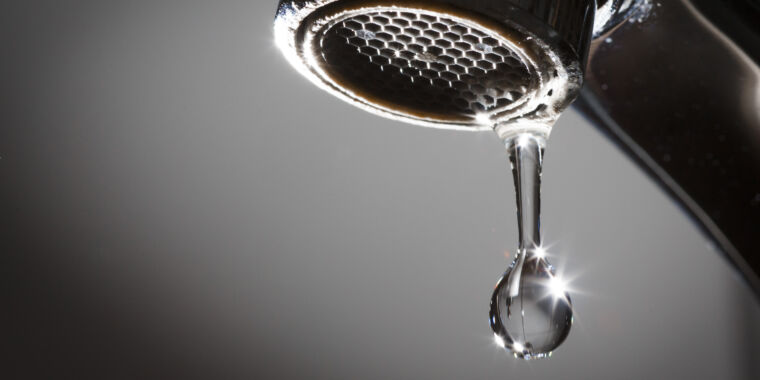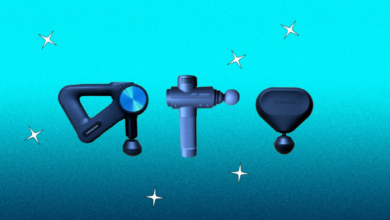Death by neti pot: Why you shouldn’t use tap water to clean your sinuses


Just because something is safe to eat or drink doesn’t mean it’s safe to squirt deep inside your face, like your sinus cavities and eye sockets, researchers at the Centers for Disease Control and Prevention would like to remind you.
In a study published Wednesday in Emerging Infectious Diseases, CDC researchers looked at 10 cases where people developed life-threatening amoeba infections after cleaning out their sinuses, often with tap water via neti pots and squirt bottles. Such infections are relatively rare, but the number of people at risk of them is perhaps much greater than one might expect.
In a survey study published last year, researchers found that an alarming number of people in the US were completely misinformed about the safety of tap water for home medical uses. For instance, 33 percent of people incorrectly believed that US tap water is sterile, containing no living bacteria or other germs. Moreover, 62 percent of people wrongly thought it was safe to use tap water for rinsing your sinuses, 50 percent said it was safe for rinsing contact lenses, and 42 percent thought it was safe for cleaning respiratory devices.
Tap water in the US is treated to reduce contaminants and microorganisms, and it generally hits drinking water standards. But it is definitely not sterile. Microorganisms still live on as water moves through distribution systems, wells, and plumbing that builds slimy, sticky layers of germs called biofilms. Those microorganisms can include some bacteria and free-living amoeba, which, at low levels, are generally harmless for drinking, cooking, and washing. But that’s not the case when they’re flushed into the cavernous nasal passages, inhaled deep into the lungs, or squirted directly into the eyes, where immune responses are limited.
For the study released today, researchers dug into a CDC database of national reports of amoeba infections. They found 10 cases of people who developed infections with the free-living Acanthamoeba amebae and also reported rinsing their sinuses. Of the 10 cases, five noted nasal rinsing that involved tap water, while the type of water used in the other cases was unclear. In water sampling, Acanthamoeba and other biofilm-associated amebae have been detected in over 50 percent of US tap water samples.
Acanthamoeba is an opportunistic pathogen and infections are rare, with only about three to 12 cases reported each year. But, when they do occur, they’re fatal about 82 percent of the time.
Of the 10 cases, nine occurred between 2015 and 2022, with one case included from 1994. In all of the cases, the people had some sort of immune-compromising condition, mostly cancer, but also solid organ transplant and HIV. This likely put them at higher risk for infection and severe outcomes.
Eight of the cases had evidence of disseminated infections, meaning the amoeba had dispersed around the body. Six of the cases developed Granulomatous Amebic Encephalitis (GAE), where the amoeba infects the brain and spinal cord. GAE has a less than 7 percent survival rate. Surprisingly, the passive surveillance data on amoeba infections reported to the CDC only noted deaths in three of the 10 cases, but the authors caution that the database doesn’t include follow-up information. So, it’s unclear if the people survived beyond the date of the amoeba infection report.
Overall, the researchers called for more education about using tap water for home medical uses, particularly among immunocompromised patients. They also highlight general advice from the agency: For nasal rinsing, the CDC recommends using boiled, sterile, or distilled water. “If tap water is used, it should be boiled for a minimum of 1 minute, or 3 minutes in elevations >1,980 meters, and cooled before use,” the researchers write.
Source link




